This was published 1 year ago
Twelve incredible sites that are too dangerous to visit
By David Whitley
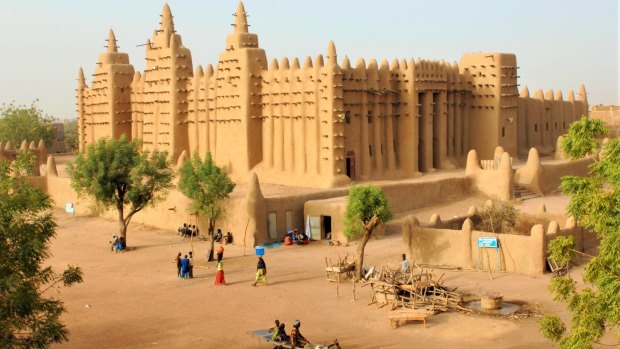
The Great Mosque at Djenne in Mali near Timbuktu. Credit: iStock
When there's a high chance of kicking the bucket, some destinations have to remain on the bucket list. Sadly, there are several astonishing sights, cities and natural wonders that are too dangerous to visit right now. War and instability, plus perilous weather, make some fabulous spots effectively off-limits. That doesn't mean you won't be able to go for future – so store them in the memory bank for now, and make plans to visit a safer alternative…
Timbuktu
Where? Mali
West Africa's gateway to the Sahara has a long history as a key trading post. Gold, salt and cattle have long swapped hands here.
In the 15th and 16th centuries, Timbuktu boomed as a hub of Islamic scholarship, with the University of Sankore hosting thousands of students. From a visitor's perspective, the striking mud brick and adobe architecture of the Djingareyber, Sankore and Sidi Yahia mosques is what makes Timbuktu more than a place mentioned in doggerel poetry. Alas, terrorist attacks and tourist kidnappings make it a no-go zone at the moment.
Safer alternative: The 15th century Larabanga Mosque in northern Ghana ticks the cultural heritage and adobe architecture boxes.
The Minaret of Jam
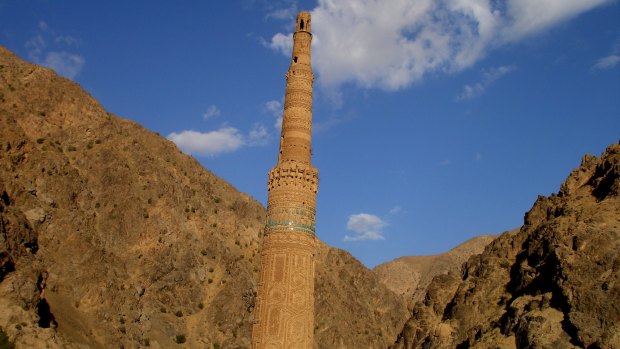
Credit: Getty Images
Where? Afghanistan
This elegant, 62 metre-tall minaret, threads like a needle through the surrounding valley cliffs. Made out of baked brick, it is covered in glazed tiles and intricate calligraphy. It's not just a tall tower – it's a work of art, too. Alas, it was fairly inaccessible when Afghanistan was stable, let alone while under Taliban control.
Safer alternative: Qutub Minar in Delhi, India, is even taller and from the same period. It's suitably fancy, too, with a host of inscriptions and engravings.
Angel Falls
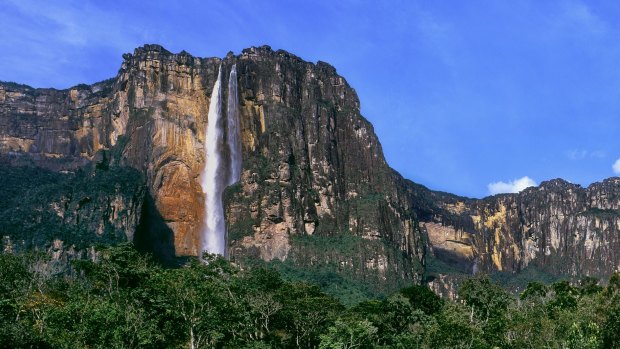
Credit: iStock
Where? Venezuala
Smart Traveller gives Venezuela a firm Do Not Travel, which means you'd be extremely ill-advised to attempt to see the world's tallest waterfall.
Angel Falls is tough to get to at the best of times, however. It's in the Canaima National Park, and you can only get to the village of Canaima by air. From there, you've got a choice of a scenic flight or, if the river levels are right, a boat trip to the base of the 979 metre waterfall.
Safer alternative: Angel Falls may be South America's tallest waterfall, but it's not the most spectacular. Thundering, powerful Iguazu Falls on the border of Brazil and Argentina offers much more tempestuous drama.
Leptis Magna
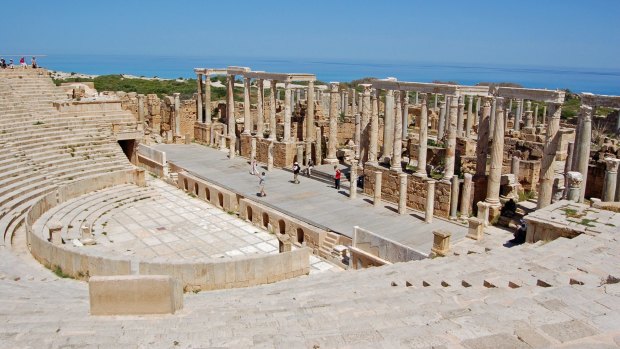
Credit: iStock
Where? Libya
First a Carthaginian city, and then a Roman one, Leptis Magna got significantly dolled up when local boy Septimius Severus became Roman emperor.
Some of the ancient city is still in surprisingly good condition. The highlights include the Arch of Septimus Severus, the enormous amphitheatre and the decorative columns of the Severan Basilica.
Safer alternative: In fine British tradition, some ruins from Leptis Magna were snaffled up and taken back to England. They're now on display by the Virginia Water Lake in Windsor Great Park, just outside London.
Sabratha
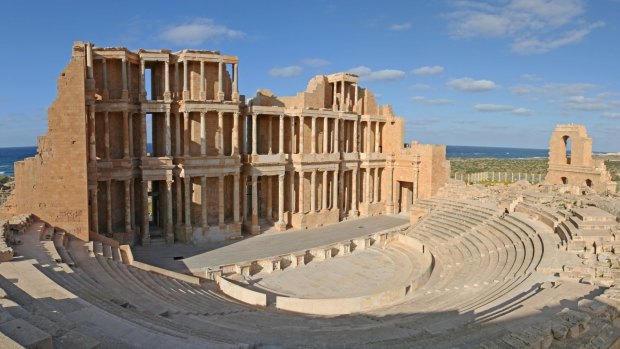
Credit: iStock
Where? Libya
Also on the Phoenician to Carthaginian to Roman trajectory was Sabratha. Not quite as much remains here, but the star attraction is genuinely staggering. The theatre is a towering monument of grandiosity, with a near-circular arena curving round to showcase a tall, richly-decorated façade.
Unfortunately, it is also in war-torn Libya.
Safer alternative: If you have a taste for Carthaginian-turned-Roman cities, then why not plump for Carthage itself? The ruins are in significantly safer Tunisia.
Inaccessible Island
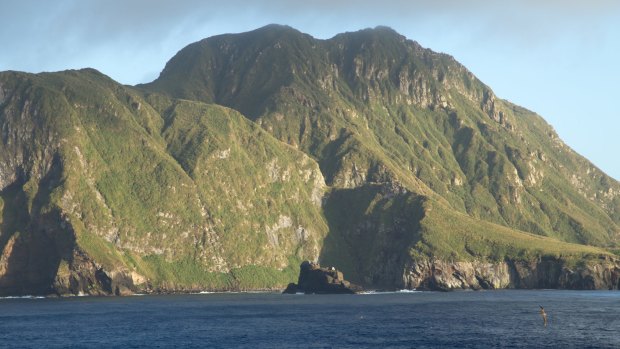
Credit: iStock
Where? Tristan da Cunha
Getting to the South Atlantic archipelago of Tristan da Cunha is tough enough – it's a five day voyage on a fishing vessel or polar research ship from Cape Town. But Inaccessible Island is nigh-on impossible even by Tristan da Cunha standards.
The high cliffs soaring out of the ocean look stunning, but make it nightmarish for boats to anchor. There are only a handful of days per year where seas are calm enough to even attempt it. So, in practice, no-one goes there.
Safer alternative: South Georgia does the remote British territory in the South Atlantic thing, and some Antarctic cruises stop there for the wildlife extravaganza.
St Sophia Cathedral
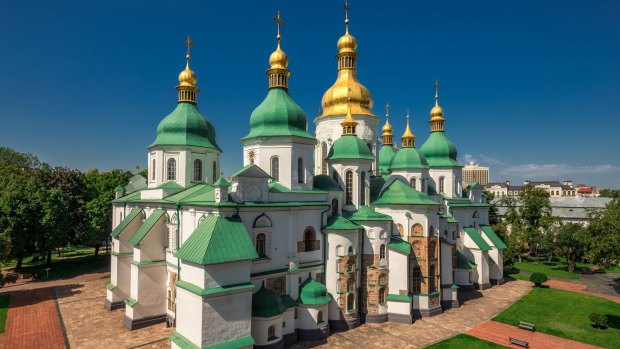
Credit: iStock
Where? Kyiv, Ukraine
The golden domes you see in the background of news reports belong either to the St Sophia Cathedral (above) or St Michael's Monastery. St Sophia is the one on the World Heritage list, partly for its 12th century mosaics and frescos. Alas, the Russian invasion has made seeing the Ukrainian capital far too dicey.
Safer alternative: The Alexander Nevsky Cathedral is huge, Orthodox and has golden domes. It was completed in the early 20th century, though, so doesn't have the heritage cachet.
Krak des Chevaliers
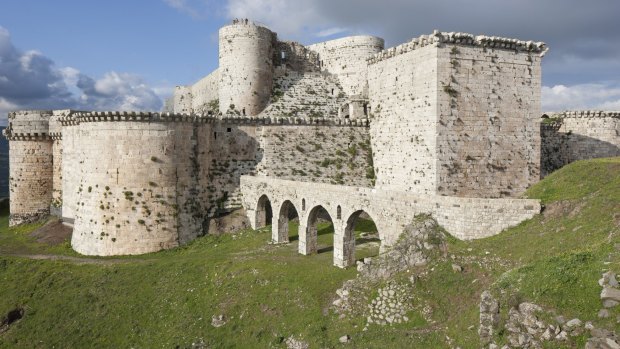
Credit: iStock
Where? Syria
Krak des Chevaliers is one of the most extraordinary castles in the world. The medieval frescos inside are impressive, but the real appeal is in the grandstanding hilltop location. It properly dominates the landscape.
Built by the crusaders in the 12th century, Krak des Chevaliers is still in remarkably good condition, although it sustained some damage in the Syrian Civil War. UNESCO is working with locals on repairs.
Safer alternative: The Palace of the Grand Master of the Knights of Rhodes on the Greek island of Rhodes was also the handiwork of the Knights Hospitaller.
Palmyra
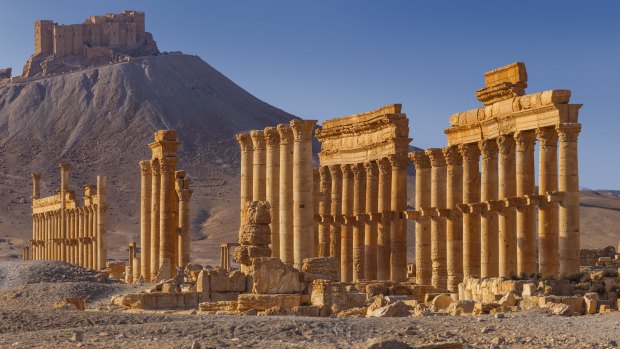
Credit: iStock
Where? Syria
Also off-limits in Syria for any safety-valuing traveller is the ancient city of Palmyra. Or, at least, what's left of the ancient city of Palmyra. Isis had a very good go at destroying it. Some of the Greco-Roman ruins remain, however, with a staggering desert setting.
The temples, theatres and baths are getting some UNESCO restoration treatment, in an attempt to salvage the city for future generations.
Safer alternative: Jerash in Jordan hosts the ruins of Greco-Roman Gerasa. You can still see parts of the Temple of Artemis and the Forum.
Aksum
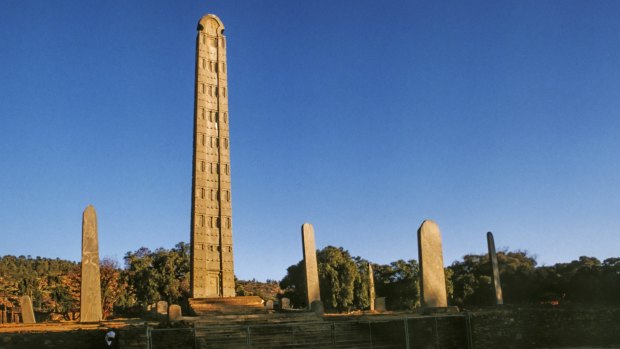
Credit: iStock
Where? Ethiopia
Aksum's collection of royal tombs, castle ruins, and giant stelae was assembled between the 1st and 13th centuries AD. The 24 metre Obelisk of Aksum (above) tends to hog the photos, though.
The Aksumite kingdom was became the crossroads between Europe, Africa and Arabia, and was the crowning site for Ethiopian emperors long after the kingdom declined.
Alas, Aksum is in Tigray, where there's currently a serious insurgency going on.
Safer alternative: If you want a big obelisk in northern Africa, Egypt's the place. The Karnak Temple near Luxor hosts the second tallest ancient obelisk on earth.
The Ennedi Massif
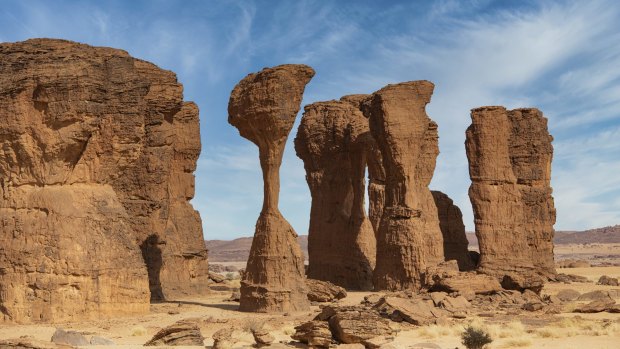
Credit: iStock
Where? Chad
The Ennedi Massif is one of the most visually arresting sections of the Sahel, with a series of canyons, caves and natural arches. What gets it on the World Heritage list, however, is the rock art inside those caves. The permanent waterholes of the Ennedi Massif also make it one of the best places in the Sahara for wildlife. Unfortunately, it is in a notoriously fighty part of Chad.
Safer alternative: The safest place to see Saharan rock art is in Morocco. There are several sites between the High Atlas and the borders, such as Ait Ouazik.
Socotra
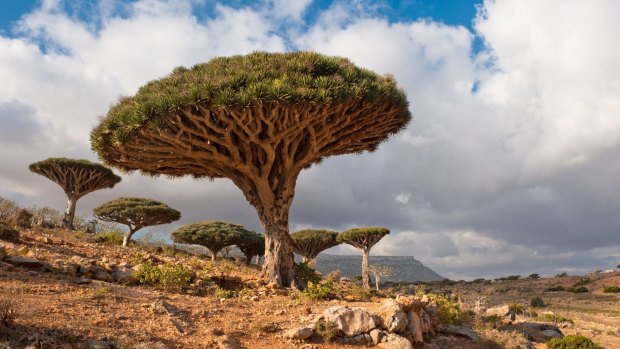
Credit: iStock
Where? Yemen
Marooned in the Arabian Sea, Socotra is part of Yemen, although in practice it runs to its own beat. Smart Traveller says do not travel, largely due to terrorism and kidnapping risk, even though the civil war in Yemen doesn't really touch the archipelago. There's a weekly charter flight from Abu Dhabi.
Plant life is what makes Socotra extraordinary – there are more than 300 endemic species not found anywhere else, including the umbrella-like dragon blood tree (above). But there are also coastal dunes and inland mountains to whet the appetite.
Safer alternative: There aren't many Arabian Sea islands, but India's Lakshadweep Islands are the safest for travellers. The vibe is different, though – expect snorkelling and white sand beaches on these atolls.
See also: See these 10 tourist destinations now before they're gone
See also: The 10 most underrated countries in Europe
Sign up for the Traveller Deals newsletter
Get exclusive travel deals delivered straight to your inbox. Sign up now.